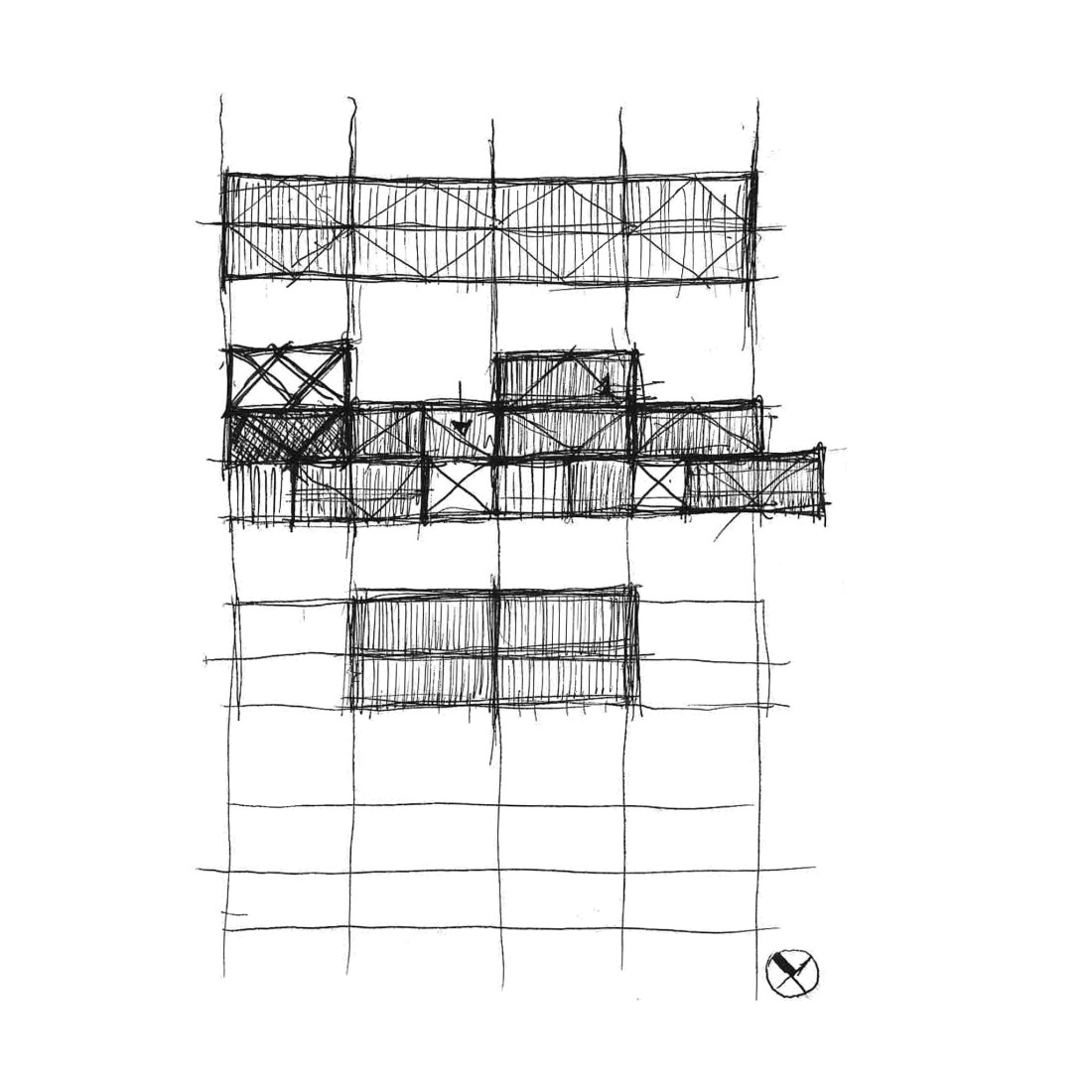
By creating modules, based on the structural system used, the project developed by BUC Arquitectura organizes the home into two bays oriented transversally to the slope, integrating into the natural environment. Through a set of movements of these modules, it generates a central patio that facilitates access to natural light and several porches that provide shade and natural ventilation to the interior spaces.
The structure is arranged transversely to the volume of the house. Thanks to the separation walls between interior rooms, a single duplicated useful space is available, facilitating free organization and the possibility of adaptability to new future needs.

Son Bardissa by BUC Arquitectura. Photograph by Josep Leiva.

Son Bardissa by BUC Arquitectura. Photograph by Annalisa Massaro.
Project description by BUC Arquitectura
The project was designed to recover the volumetric simplicity of past agricultural architecture. The single-level expanse of these large buildings and the cowshed are a characteristic example of our immediate surroundings. These were obtained with a single, longitudinal volume of one or two bays, as an example of functional synthesis. Value is placed on the essence of these forgotten, marginalized agricultural buildings, where the location is of greater importance as opposed to the construction itself.
In line with this concept and given the challenge of constructing a large building which blends into its surroundings; the house has been designed as a single-level longitudinal space on the first floor, located across the sloping side of the plot, to minimise the environmental impact. This also enabled the construction of an excavated rear access on different levels which adapted to the natural topography of the land.

The original unit used in popular Mallorcan architecture, known as a “destre” (an old unit of measurement that in Mallorca corresponded to about 4.2m) was used as the optimum depth for the bay. In contemporary architecture, we would encourage this interior space to be increased to 5m, as well as taking the thickness of the walls to 50cm. This would result in a composition of eight modules measuring 6x12m. The space required for present-day inhabitants is achieved, thanks to some simple repositioning of these original units, resulting in complementary spaces including a central courtyard and several porches.
Structurally, the objective is to free the space between the central wall between the two bays. To achieve this, the structure is loaded transversally taking advantage of the separating walls between the interior rooms. This has the added advantage of doubling the usable space and enabling a space to be fully adaptable to any future needs.














































































